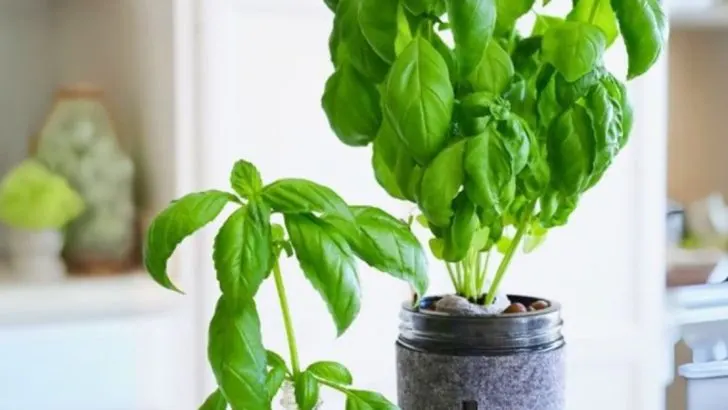There’s nothing quite like walking into your kitchen and being greeted by the fresh, uplifting aroma of herbs growing on your windowsill. These indoor-friendly plants not only enhance your favorite recipes, they also act as natural air fresheners that bring life and fragrance to your home. Best of all, many of them are surprisingly easy to grow indoors, even if you’re short on space or sunlight.
From classic favorites like basil and mint to less common gems like lemongrass and marjoram, these 18 herbs will happily flourish on countertops, shelves, or hanging planters. Whether you’re a seasoned cook or just love the idea of greenery in the kitchen, these herbs are a simple way to boost both flavor and atmosphere—without stepping foot outside.
Basil
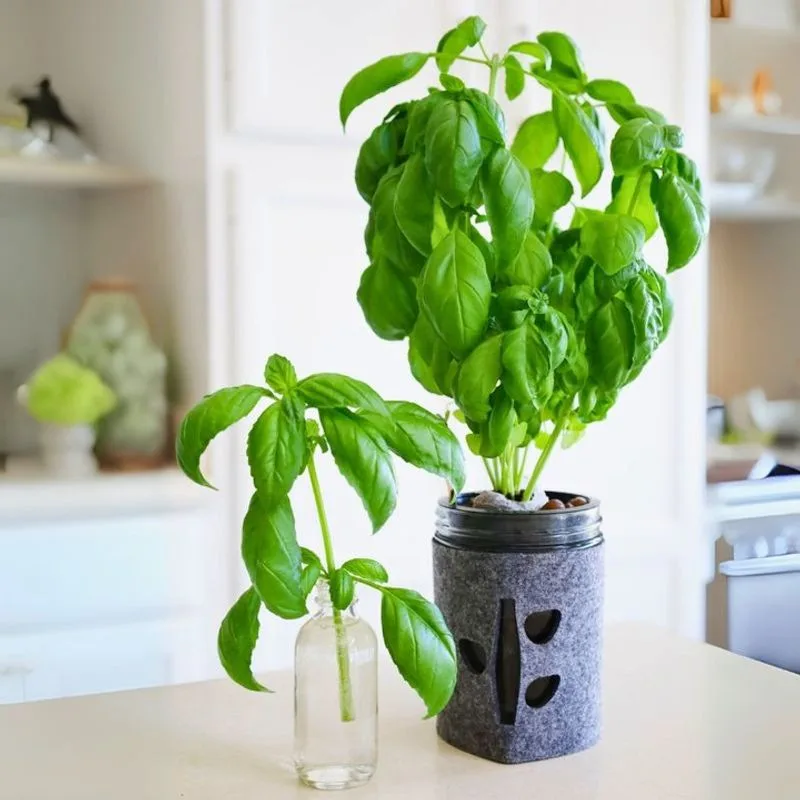
The sweet aroma of basil is unmistakable, conjuring up images of fresh pesto and Caprese salads. This bright green herb is a sun lover, thriving best in a spot that receives at least six hours of sunlight daily. Regularly pinching back its leaves encourages bushy growth, ensuring a constant supply of this aromatic delight. Perfect for Italian dishes, basil can transform a simple meal into something extraordinary. Its adaptability makes it ideal for indoor growing, requiring only minimal care once placed in the right spot. Did you know basil is also a natural insect repellent?
Mint
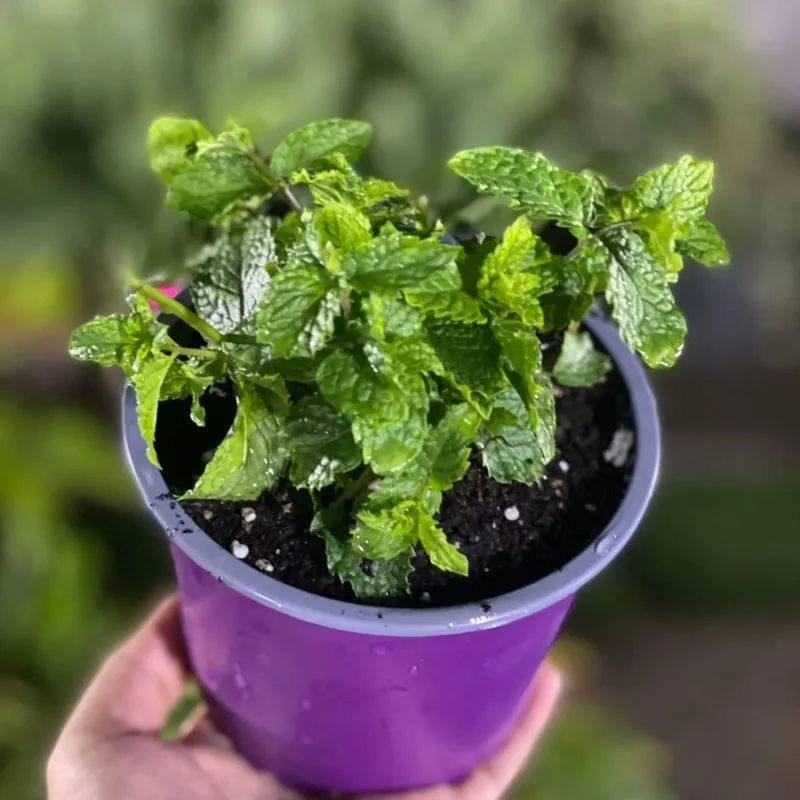
With its refreshing scent, mint invigorates any room with a splash of coolness. This herb is incredibly easy to grow, often thriving in conditions that other plants might find challenging. Place it in indirect sunlight and watch it flourish, spreading its minty freshness throughout your kitchen. Mint can also be a culinary powerhouse, perfect for teas, desserts, and savory dishes alike. Just be mindful of its enthusiastic growth; it can be quite the traveler, so regular pruning is essential. Fun fact: Ancient Greeks used mint in funerary rites to mask unpleasant odors.
Rosemary
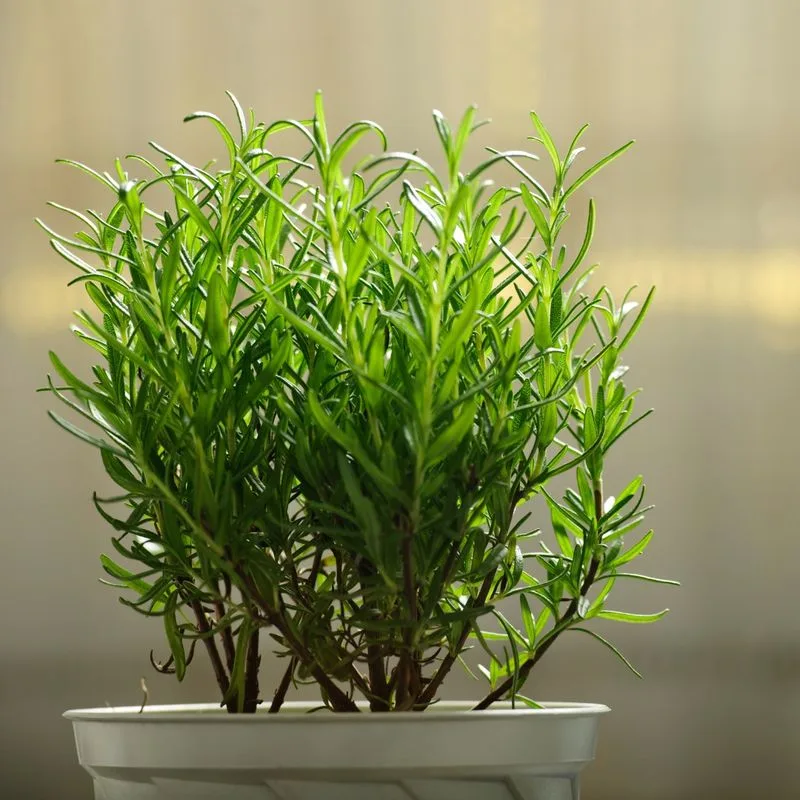
Rosemary brings a touch of the Mediterranean to your kitchen with its pine-like aroma. This hardy herb prefers a bright, sunny spot and well-drained soil to truly thrive. Its robust flavor pairs wonderfully with roasted meats and vegetables, adding a fragrant, woodsy note. Rosemary’s evergreen nature means it offers year-round enjoyment, making it a staple in any kitchen herb garden. Not only does it enhance culinary creations, but it also acts as a natural air freshener, infusing your home with its delightful scent. Historically, rosemary symbolizes remembrance and fidelity.
Thyme
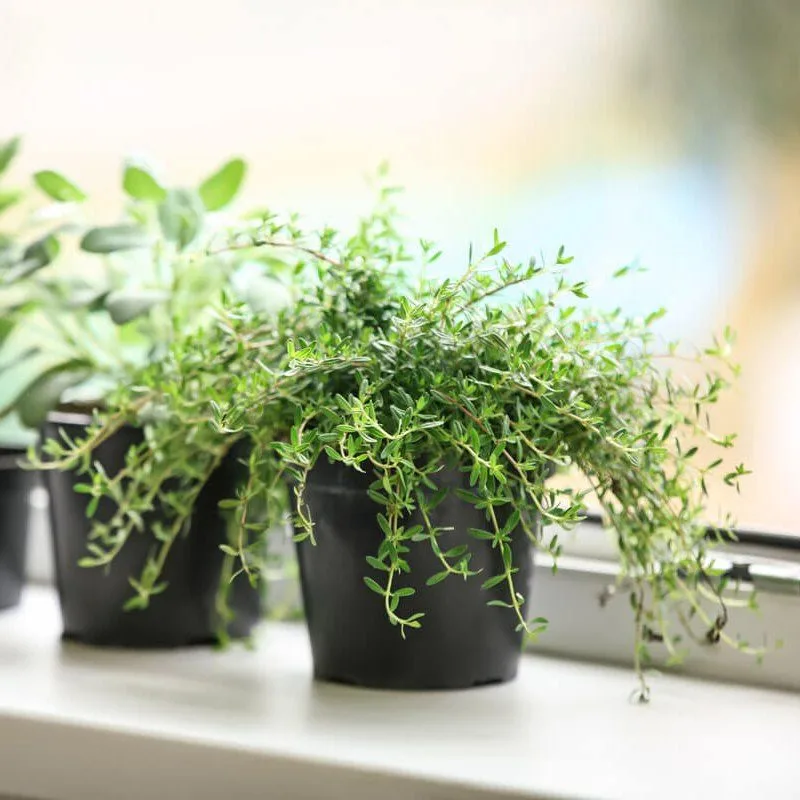
Thyme is a timeless classic in any herb collection, known for its earthy, subtle flavors and aromatic presence. This resilient herb thrives in well-drained soil with plenty of sunlight, making it a perfect indoor companion. Its petite leaves are packed with flavor, enhancing soups, stews, and roasted dishes with ease. The versatility of thyme extends beyond the kitchen; its essential oils are often used in aromatherapy for their calming properties. Regular trimming keeps thyme in shape and encourages new growth, ensuring it remains a staple in your culinary arsenal.
Chives
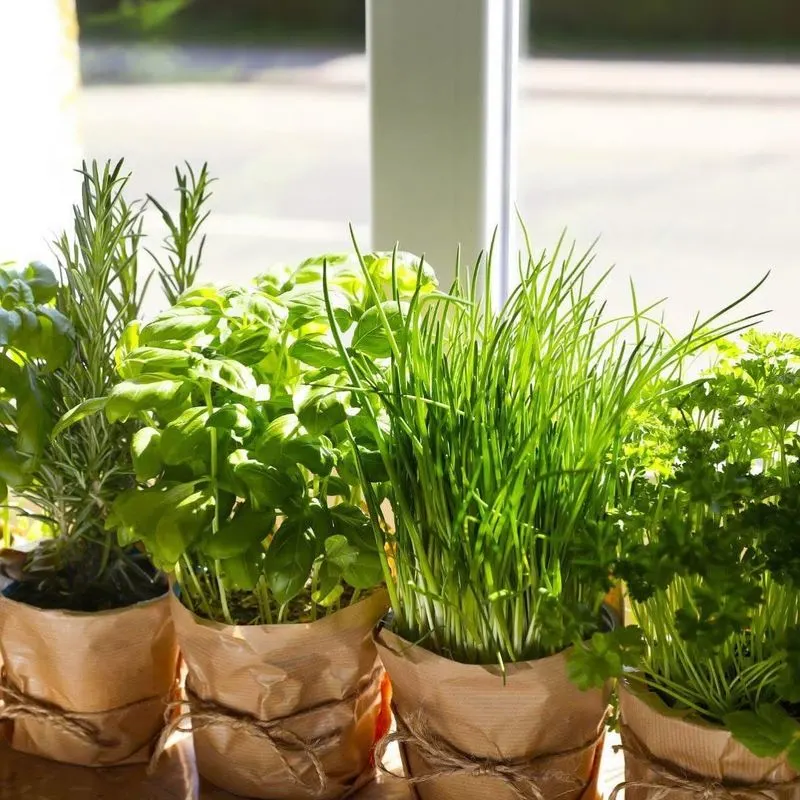
Chives add a mild onion flavor without overwhelming your dishes, making them a favorite among chefs. These slender, grass-like herbs relish sunlight and require minimal care, thriving in a sunny kitchen spot. Snip off what you need, and watch them regrow swiftly, offering a perpetual source of fresh flavor. Beyond their culinary uses, chives can add a splash of green to your kitchen decor. Plus, their purple blossoms are not only pretty but edible too. Historically, they were believed to ward off evil spirits and disease.
Parsley
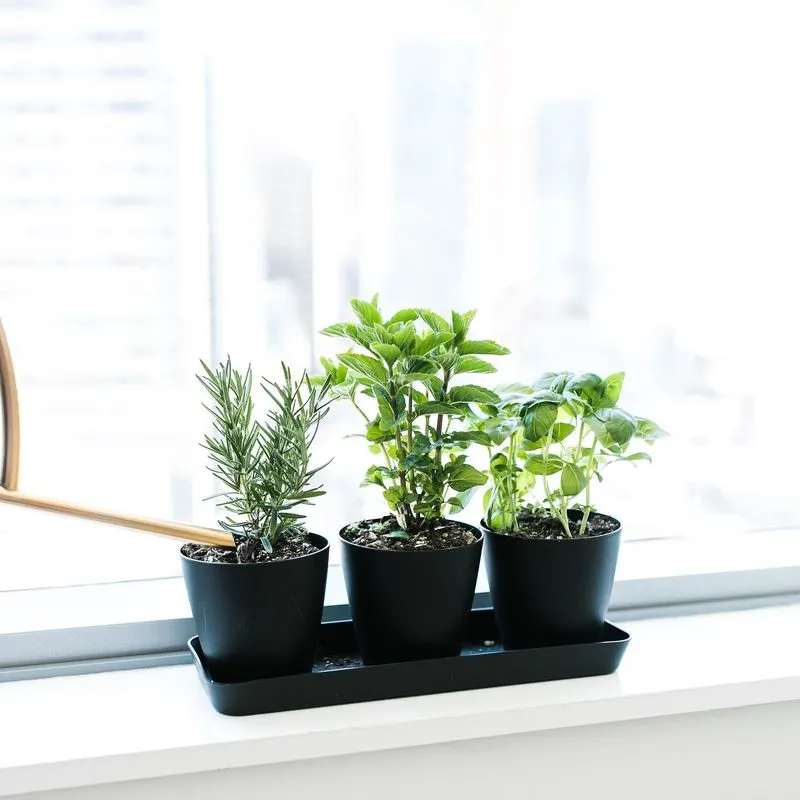
Often seen as just a garnish, parsley is an underrated powerhouse of flavor and nutrition. Both flat-leaf and curly varieties grow well indoors, especially when positioned in bright, indirect light. Its vibrant green leaves bring a fresh burst of color and taste to soups, salads, and sauces. Parsley is also rich in vitamins A and C, adding a healthful boost to your meals. Regular harvesting keeps it productive, ensuring you always have a sprig on hand. In folklore, parsley was used as a symbol of festivity and celebration.
Cilantro
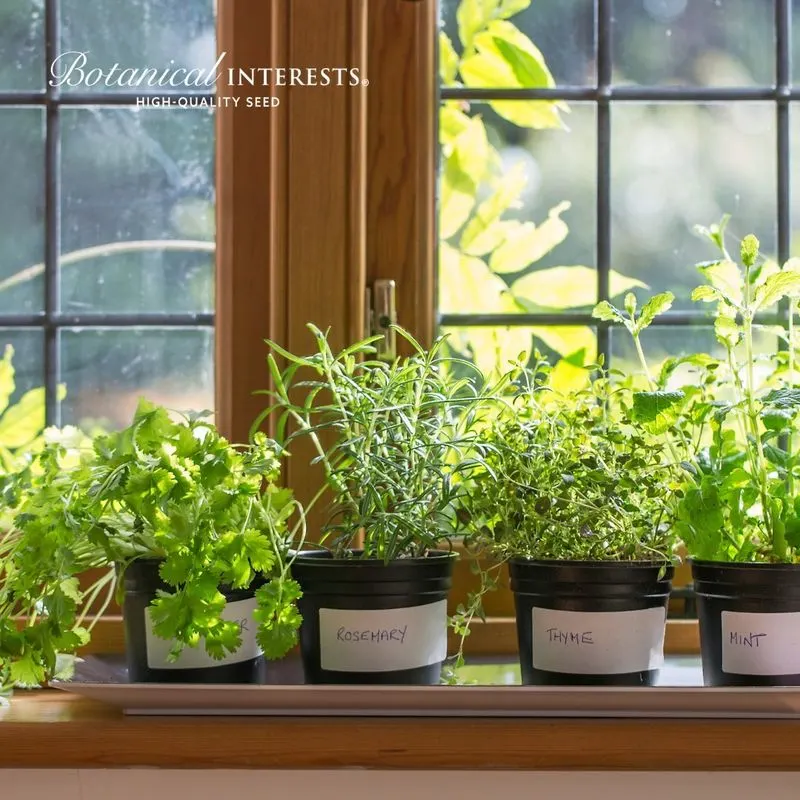
Cilantro’s distinctive taste is a staple in many global cuisines, offering a citrus-like zing that brightens any dish. It thrives in cooler indoor temperatures, requiring a spot with plenty of indirect sunlight. This fast-growing herb benefits from regular harvesting, which prevents it from bolting. Cilantro’s leaves are perfect for garnishing and flavoring, while its seeds, known as coriander, are used as a spice. Its versatility makes it a must-have in any kitchen herb collection. Historically, cilantro was cultivated as early as 2000 B.C. by the ancient Egyptians.
Oregano
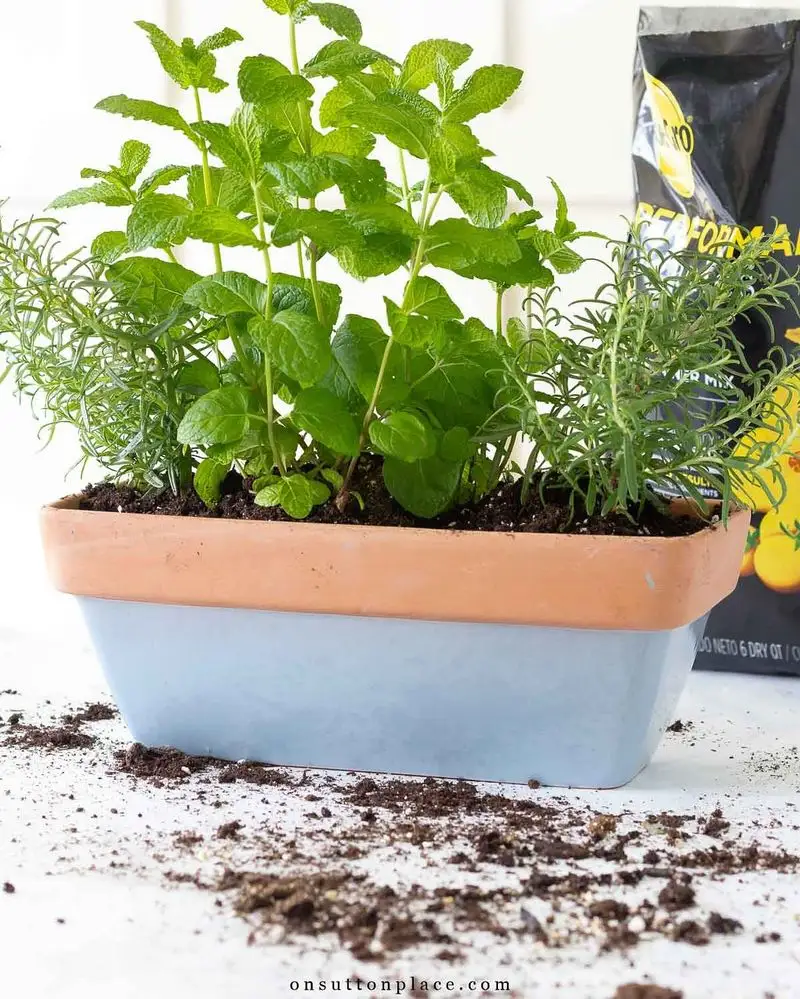
Oregano’s robust, peppery flavor is a mainstay in Italian and Mediterranean dishes. This hardy herb thrives in bright light and well-drained soil, making it an excellent indoor companion. Regular pruning encourages bushy growth and prevents it from becoming leggy. Its tiny, aromatic leaves add depth to pizzas, pastas, and marinades, turning simple meals into gourmet experiences. Beyond its culinary uses, oregano is prized for its antibacterial and antioxidant properties. Did you know it’s often used in traditional medicine for its potential health benefits?
Sage
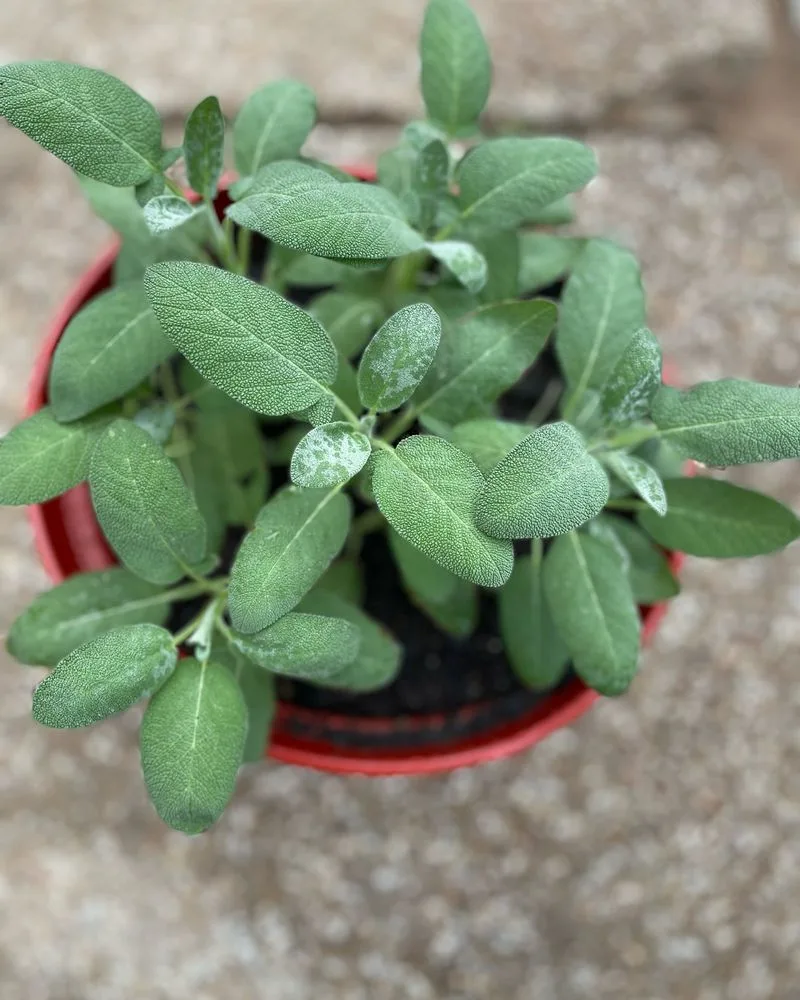
Sage’s earthy, savory fragrance brings warmth and depth to a variety of dishes, from stuffings to sausages. This hardy perennial prefers a sunny spot and good air circulation to thrive indoors. Its soft, grayish-green leaves are not only flavorful but add a touch of elegance to your indoor garden. Sage is also known for its healing properties, often used in traditional medicine to soothe sore throats and aid digestion. Its presence in the kitchen is both practical and ornamental, providing year-round flavor and beauty.
Lemongrass
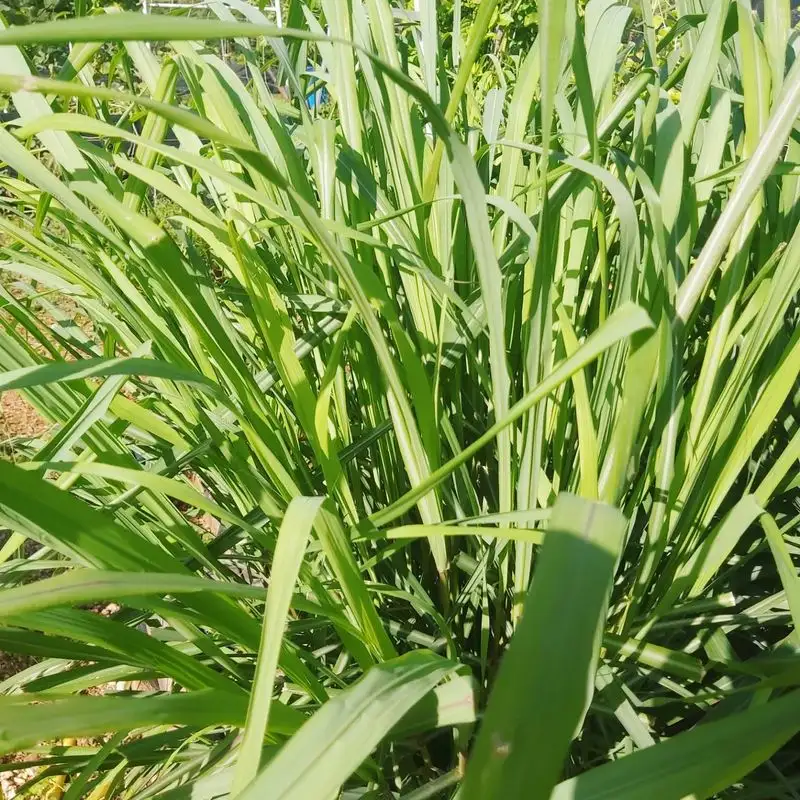
Lemongrass exudes a citrusy fragrance that instantly transports you to tropical locales. This tall, grassy herb requires ample sunlight and moisture, making it a striking addition to any indoor garden. Its aromatic stalks are a key ingredient in Asian cuisine, imparting a fresh, lemony flavor to soups and curries. Beyond the kitchen, lemongrass oils are often used in aromatherapy for their calming effects. Regular trimming keeps the plant healthy and prevents it from overtaking its space. A touch of the exotic, right in your home.
Lavender
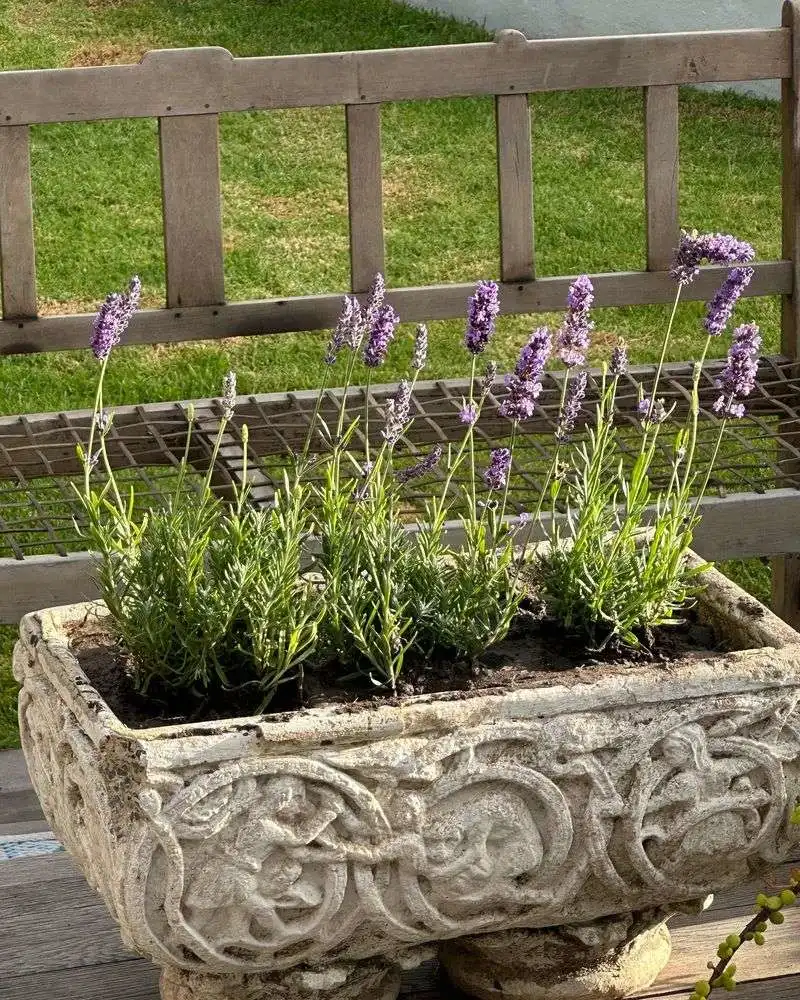
Lavender’s soothing scent is synonymous with tranquility, turning any space into a peaceful retreat. This fragrant herb thrives in bright sunlight and sandy, well-drained soil. While more commonly associated with perfumes and sachets, lavender can be a unique culinary addition, adding floral notes to baked goods and beverages. Its beautiful purple blooms also make it a decorative delight. Lavender is celebrated for its calming properties, often used in essential oils and aromatherapy. Historically, it was used in Roman baths for its fragrance and disinfectant properties.
Bay Laurel
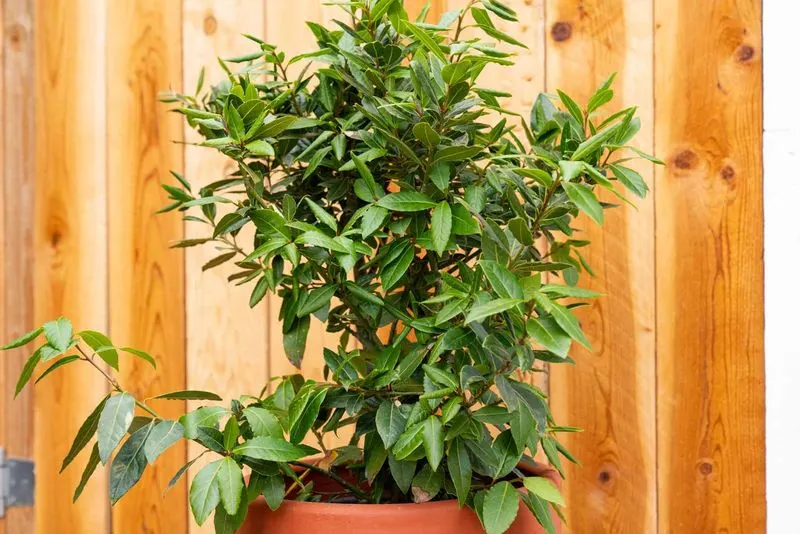
Bay laurel’s deep, aromatic leaves are a staple in many kitchens, infusing dishes with a subtle, savory essence. This evergreen shrub can be grown indoors, provided it receives plenty of sunlight and occasional pruning. The leaves are typically used whole to flavor soups and stews, imparting a rich, fragrant aroma. Bay laurel’s glossy leaves add year-round greenery to your kitchen decor. Historically, bay leaves were used to crown winners in ancient Greece, symbolizing victory and honor. It’s both a culinary and ornamental treasure.
Tarragon
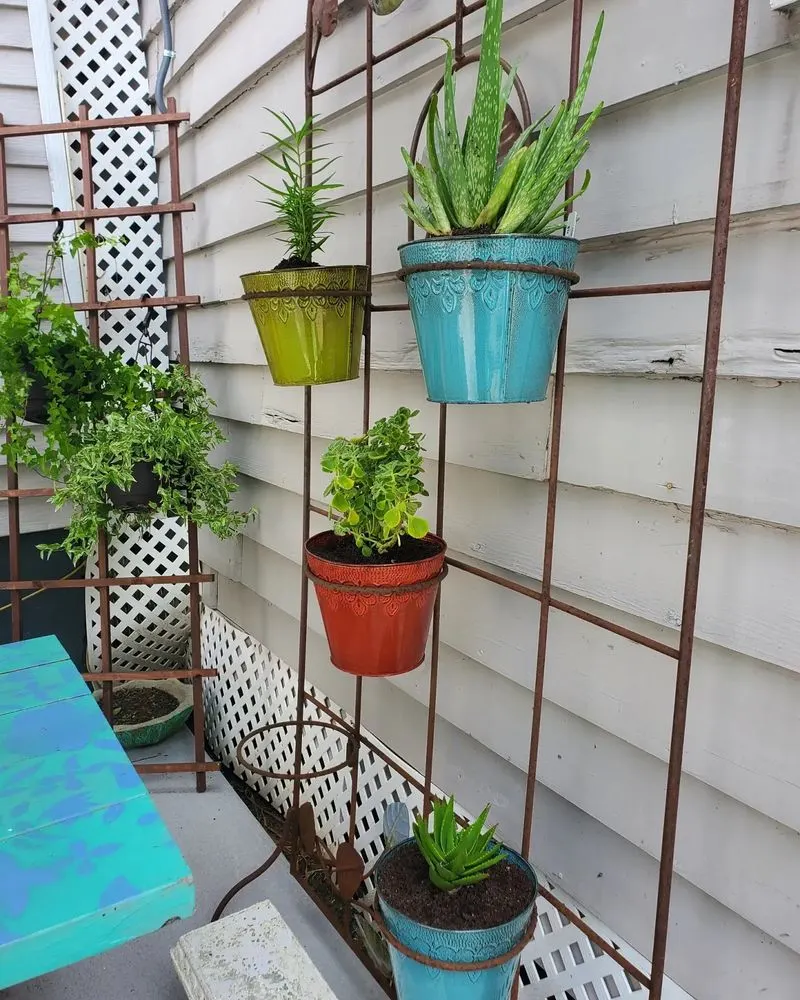
Tarragon, with its unique anise-like flavor, is a cornerstone of French cuisine. This perennial herb thrives in bright, indirect light and prefers slightly dry soil. Its slender, aromatic leaves are perfect for adding a distinctive twist to sauces, salads, and chicken dishes. Regular trimming encourages bushy growth and ensures a constant supply of fresh herbs. Tarragon’s subtle flavor can elevate everyday meals into something special, adding a touch of sophistication. In folklore, it was believed to ward off dragons and bring courage to those who consumed it.
Dill
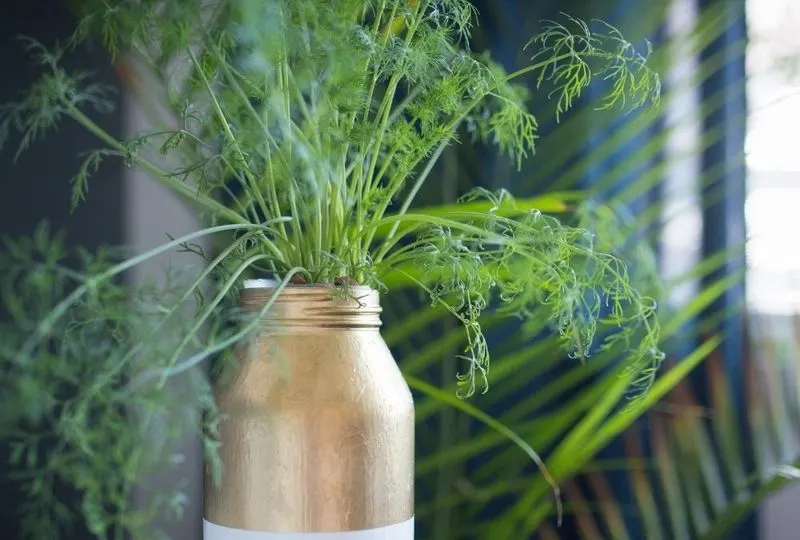
Dill’s fresh, tangy flavor is a must-have for pickles, salads, and seafood dishes. This delicate herb loves abundant sunlight and consistent moisture, making it well-suited for a sunny windowsill. Its feathery, bright green leaves add a touch of whimsy to your indoor garden. Dill is not just for culinary use; its essential oils are often used in perfumes and soaps for their fresh scent. Regular harvesting promotes healthy growth, ensuring you always have dill on hand. Fun fact: Dill was once used by ancient Egyptians as a medicinal herb.
Marjoram
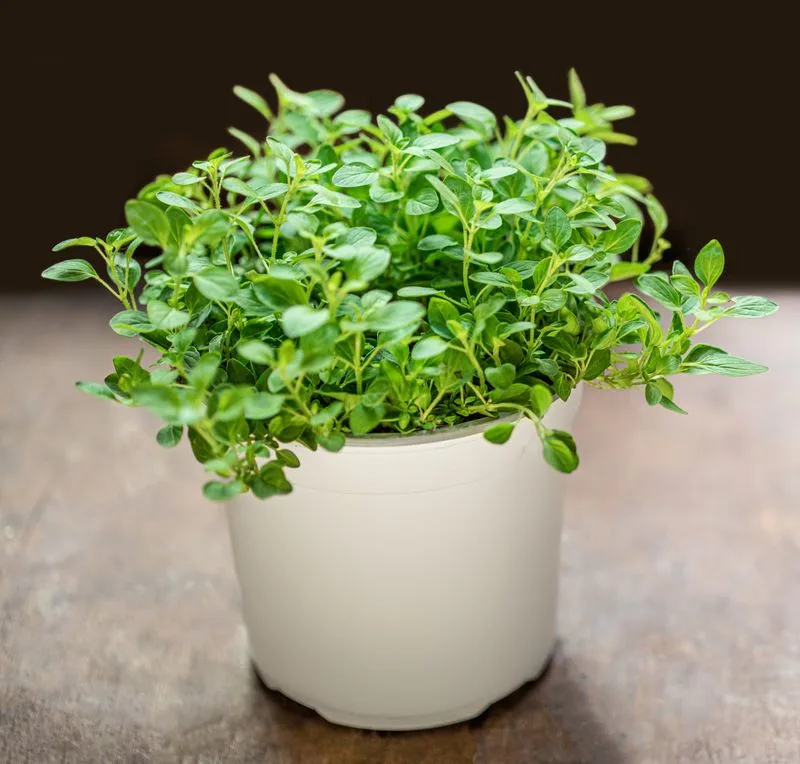
Marjoram’s sweet, floral aroma and mild flavor make it a versatile addition to any kitchen. This tender herb prefers sunny spots and well-drained soil, thriving indoors with minimal fuss. Its small, oval leaves are ideal for seasoning meats, soups, and salads, adding a delicate touch. Regular pinching promotes bushy growth and a steady supply of fresh marjoram. Beyond its culinary uses, marjoram is often used in herbal medicine to soothe digestive issues. Did you know it’s closely related to oregano but has a milder taste?
Bay Leaf
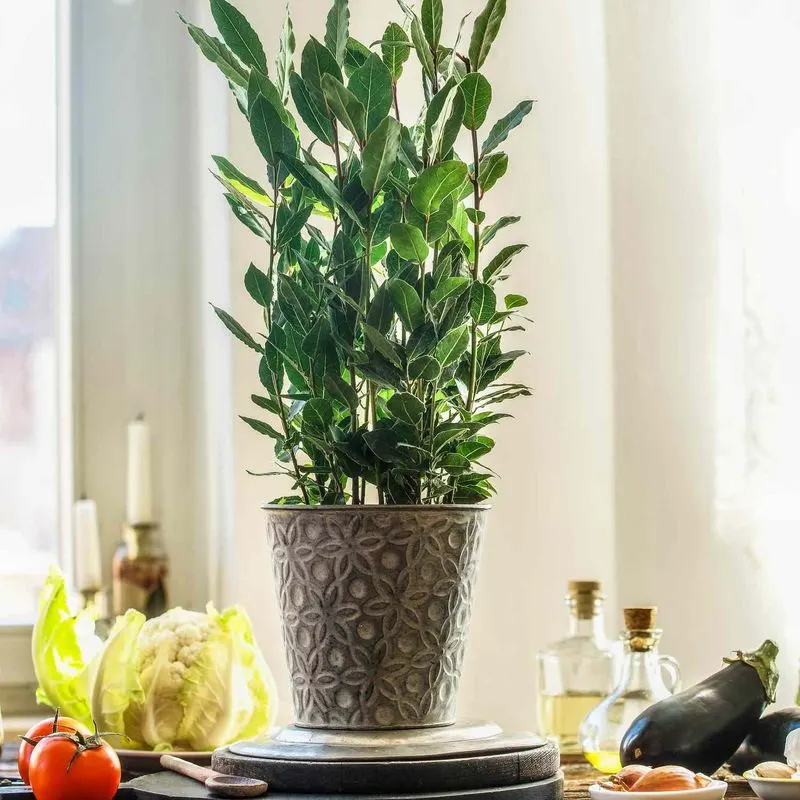
Bay leaves offer a subtle, earthy flavor that enhances soups, stews, and sauces. These robust, leathery leaves come from the bay laurel plant, which thrives in sunny indoor conditions. Regular pruning keeps the plant compact and productive, providing a constant supply of fresh leaves. Beyond their culinary uses, bay leaves are often used in sachets and potpourri for their aromatic qualities. In ancient times, bay leaves were a symbol of triumph and were used to crown victors in athletic competitions. A timeless addition to your herb collection.
Fennel
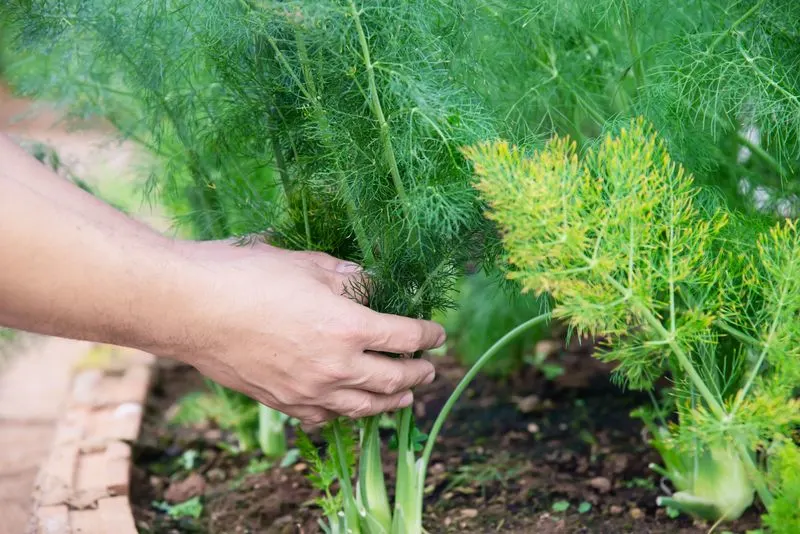
Fennel’s sweet, anise flavor and crisp texture make it a standout in any culinary setting. This herb needs plenty of sunlight and space to thrive, so place it near a bright window. Its feathery fronds can be used as an herb, while the bulb serves as a crunchy vegetable. Fennel’s unique taste pairs beautifully with fish and pork dishes, adding a refreshing note. Aside from its culinary appeal, fennel is known for its digestive benefits. Historically, it was used by ancient Greeks to symbolize courage and strength.
Borage
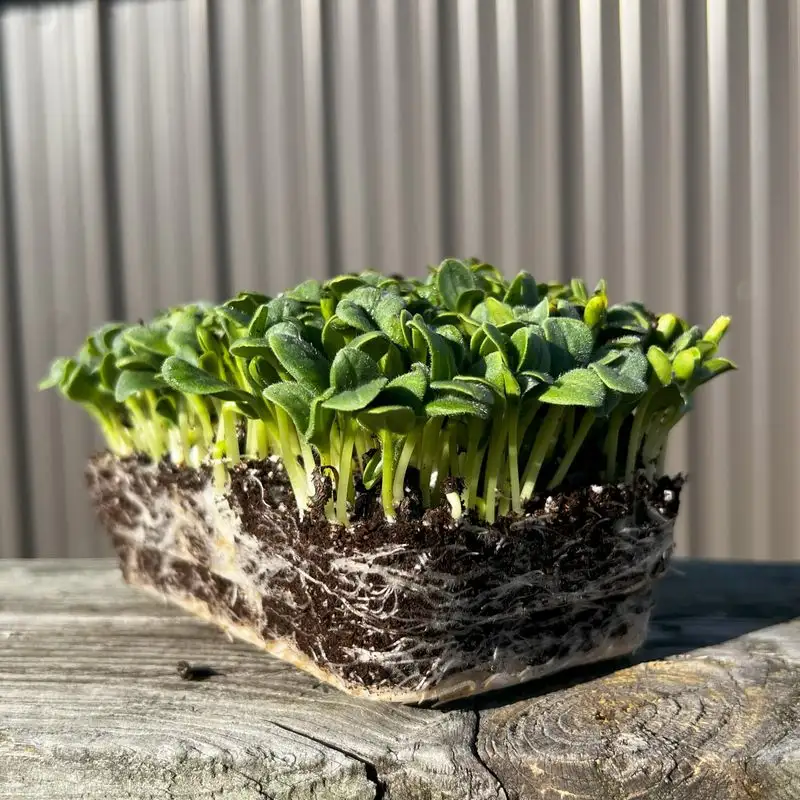
Borage, with its starry blue flowers, is as beautiful as it is useful. This hardy herb needs ample sunlight and regular watering to flour and adds a cucumber-like flavor to salads and beverages. Its striking flowers are edible and often used as a garnish, adding visual appeal to any dish. Beyond the kitchen, borage is valued for its medicinal properties, traditionally used to support adrenal function and relieve stress. Regular trimming encourages vibrant blooms and healthy growth, making borage a delightful addition to your indoor garden.

